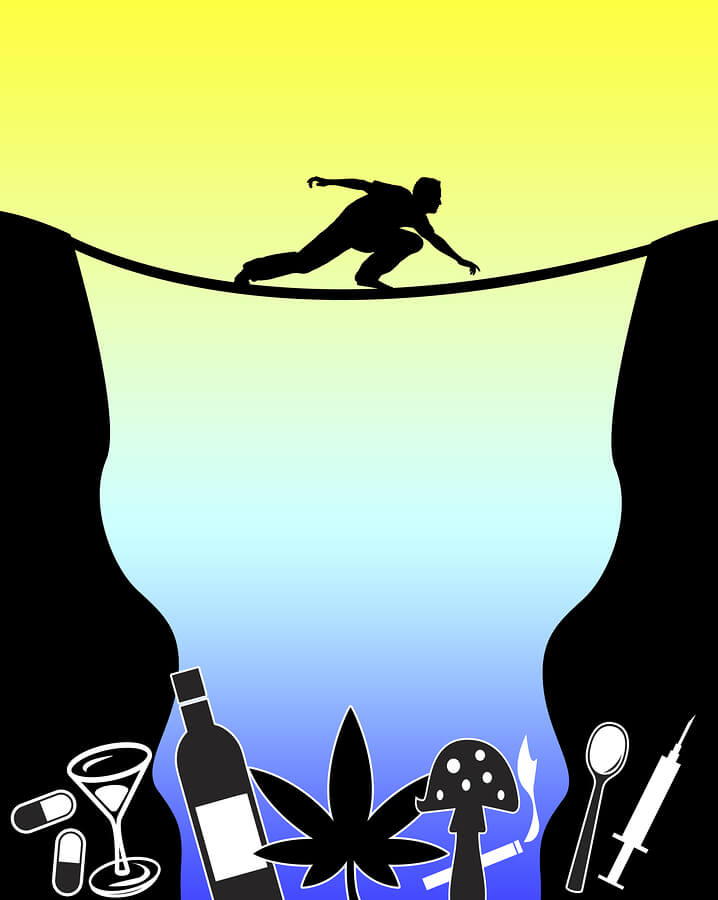The US has the highest prescription of opioid drugs in the world. According to the Center for Disease Control, one out of 5 patients with non-cancer pain gets opioids prescription. The drug is a pain reliever, rehabilitation medication and used during surgery.
Aggressive Prescription Without Educating Patients
The Opioids craze began in the 1990s when pharmaceuticals marketed the drugs and aggressively highlighted the advantages but made no mention of the risks; ever since opioids have become a necessity in pain treatment. Doctors often prioritize patients’ recovery and may overlook any aftermath. Equally, doctors can identify an opiate addict just by observation.
Physicians’ contribution to the opiate addiction menace that has claimed many lives is subject to debates. Most proponents of opioids argue that there is no other alternative for pain treatment.
Nevertheless, the overarching issue is where to draw the line with opioid prescriptions. The federal and state government have tried to regulate the prescription of opioids. The state of Massachusetts adopted the law that limits the drugs prescription to a seven-day supply. Also, before prescribing the drugs practitioners have to check a database to ensure that it is not a repeat prescription. The physicians must screen the patient for addiction.
The Addiction Phase
The body naturally produces opioids that can heal normal pain. Prescription opioids, on the other hand, are more efficient in dealing with major pain. Unlike the natural neurotransmitters, prescribed opioids produce dopamine that regulates cognition, motivation, feeling of pleasure, movement, and emotion. It then overstimulates the system and trains your body to rely on opioids to function normally. In an attempt to imitate normal brain chemicals, the drugs generate abnormal messages in the brain. The drugs block pain receptors. When you stop using the drug, even a minor ache can feel extremely painful.
Dependency on opioids to function leads to addiction. As you continue to use the drugs, body functioning slows. Your body begins to react to prolonged use and avoid withdrawal symptoms. Some of the signs of withdrawal include;
- Anxiety; – the hippocampus, the section of the brain that controls emotions overrides causing anxiety
- Sweating; – hypothalamus can no longer properly regulate the body temperature hence you will sweat nonstop regardless of the body temperature
- Vomiting, nausea, and diarrhea; – the body tries to remove wastes through diarrhea and vomiting
- Muscle cramps
- Agitation
- Insomnia
- Increased heartbeat rates
The choice to permanently deal with the opioid problem is entirely personal. Addiction is a choice and is treatable. You can reach out to the Genesis through 844-903-2111 to begin treatment in a serene environment that offers personalized quality care.










